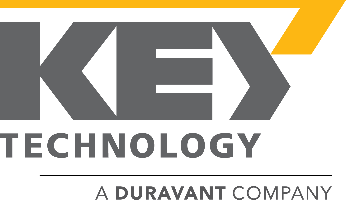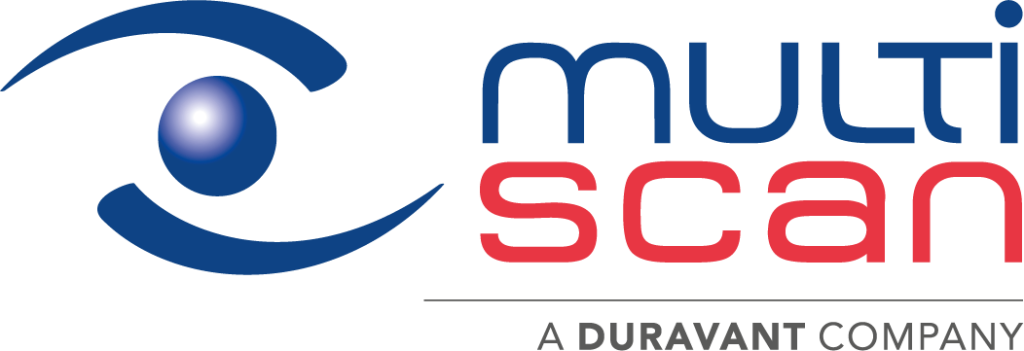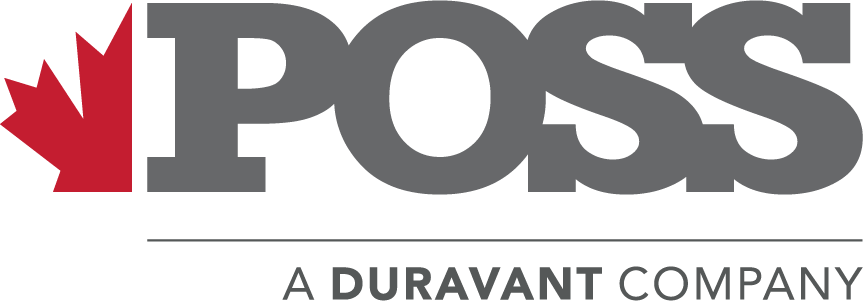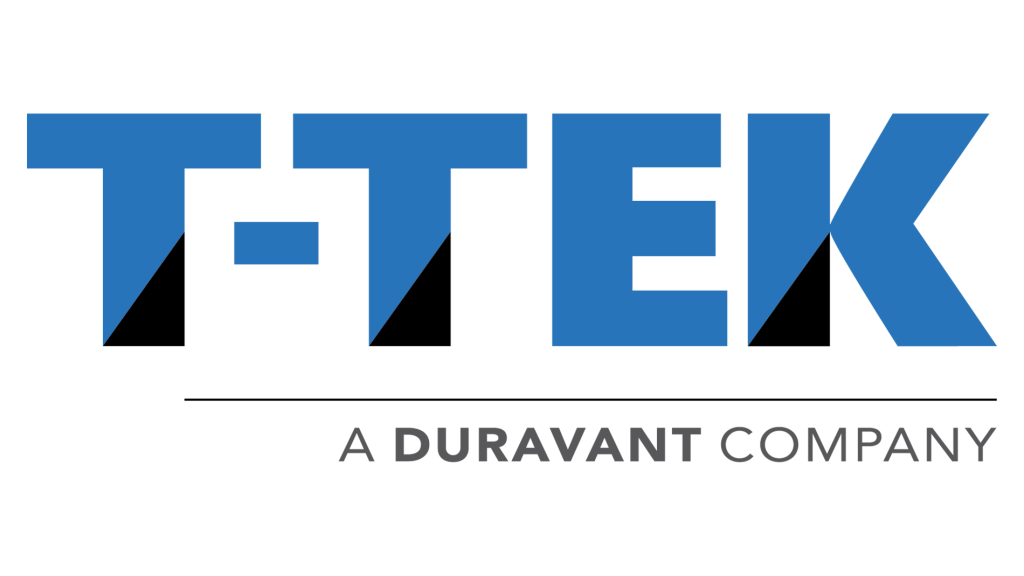The Duravant family of operating companies serve the food processing, packaging and material handling segments.
Top Automated Packaging Solutions That Transform Your Supply Chain Efficiency
An automated solution in the packaging arena today has proved very valuable in the logistics landscape because of the advantages that speed and efficiency bring in business practice. Carefully planned into the packaging process, innovations should now be adopted to optimize the business supply chain through automated packaging. The facility not only streamlines work functions involved in packaging and shipping but also cuts labor expenses, limitations to waste, and has excellent protective measures for the goods. Rising consumer expectations and increasingly complex networks of distribution make innovative packaging solutions need more than ever.
This transforming feature of auto-packing is greatly and tangibly expressed in fast-paced industries such as e-commerce, food and beverage, and the pharmaceutical sector. These industries are now applying high-tech systems to automate the processes involved for increasing the speed of throughput and guarantee accuracy in the order fulfillment. The follow-up posts on this blog will show the current top-tier automated packaging options available to revolutionize one's supply chain efficiencies. From robotics to intelligent software, these innovations are setting entirely fresh benchmarks in packaging capabilities while allowing a business to meet demands head-on while remaining competitive.
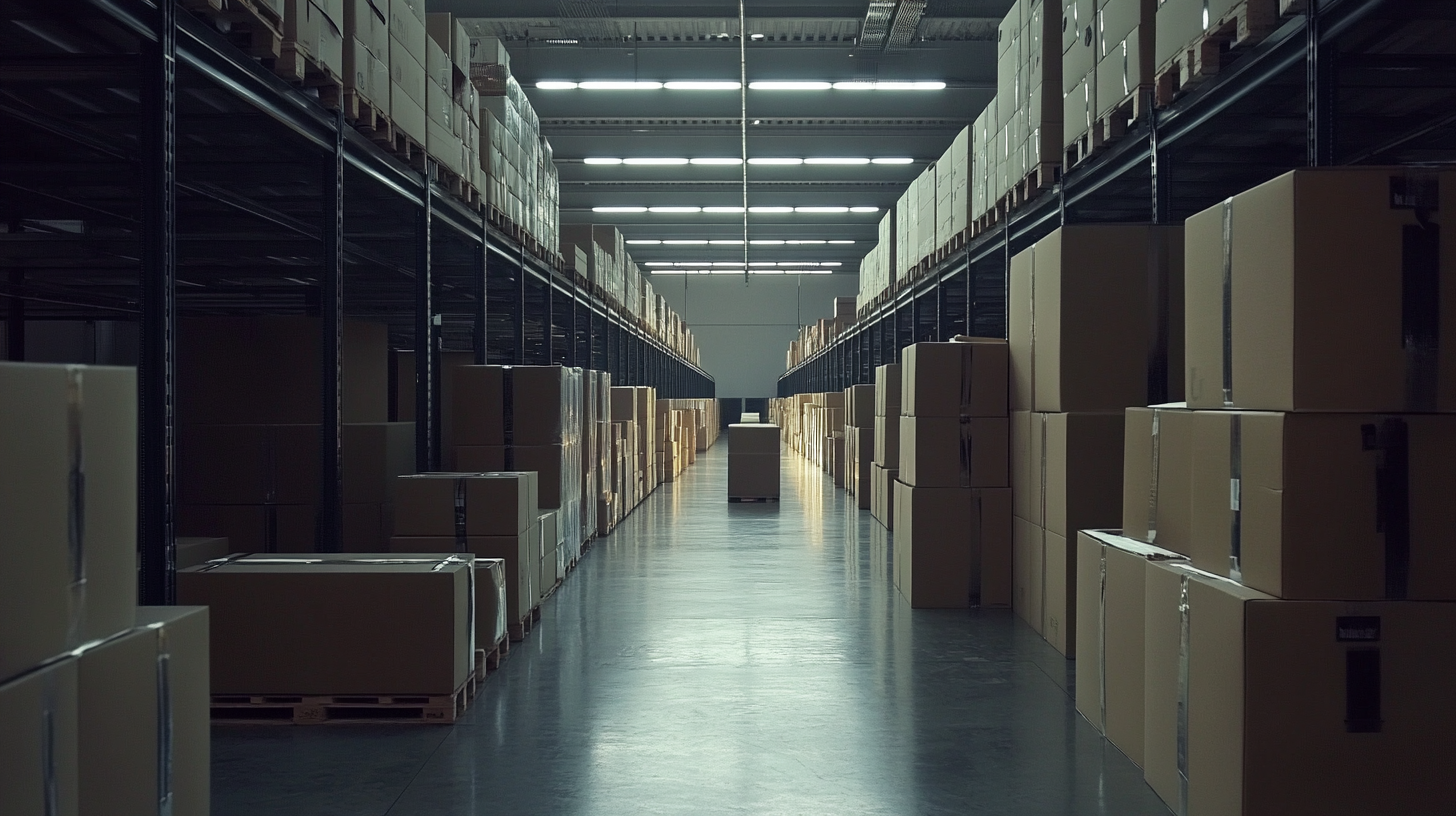
Innovative Technologies Shaping Automated Packaging Solutions
Saba Energy Automated packaging solutions are rapidly changing, thanks to advanced technologies which are now used to create sustainable supply chains. Artificial intelligence in packaging is one big contributor to this change; by 2024, the market is expected to reach a value of $2.4 billion. The strengthening of the market in 2025-34 will reflect a CAGR of greater than 10.1%. On one hand, transparency and traceability requirements incorporate themselves into making business processes more efficient; on the other, they create visibility of products to increase consumers' faith in their origins. The next decade for the packaging industry will witness events such as swop 2025, requiring an integration of smart technologies into the packaging processes. This integration signifies a new vision for the future of packaging-about automating processes and creating a new balance between efficiency and sustainability. Technological transformation and consumer upgrading are the two forces that are, however, propelling the industry towards professionalism-intelligent era, embedding sustainability in packaging solutions. With technology improvements in smart packaging and automation, firms can harness data analytics to keep refining their packaging processes. This is leading to reductions in waste and better resource use, and consequently, a lighter environmental footprint. These new automated packaging solutions not only improve efficiency but also demonstrate the company's commitment towards meeting changing consumer expectations for environmental sustainability. Indeed, the future of packaging is bright as technology and sustainability merge almost seamlessly to alter supply chains for the better around the globe.

Key Benefits of Implementing Automated Packaging in Your Supply Chain
Automated packaging solutions have come in as a revolution to supply chain efficiency, giving lots of awesome benefits modern businesses need not afford to ignore. The research by the International Society for Automation states that organizations could reduce labor costs by 30 percent by applying automated packaging systems. Such reductions in costs are very critical in an atmosphere fired up by a prevailing shortage of labor and steep wage increases. Automated packaging is efficient in enhancing the accuracy of the packing process. A PMMI study by the Association for Packaging and Processing Technologies states that ''Automation reduces packaging errors' by as much as 92%''.
The precision level, therefore, reduces waste and assures that products are reaching the right customers. This increases customer satisfaction and retention levels. Moreover, automated packaging systems usually facilitate greater integration in the existing supply chain operations and thus improve throughput and productivity. According to a report released by McKinsey, such supply chains using automation can increase throughput levels by a whopping 50%. Such capabilities allow a rapid response of the business to market demand changes. This ability to respond to and adapt to the fast-paced environment is what every organization needs to keep abreast of the competition while fulfilling customer expectations.
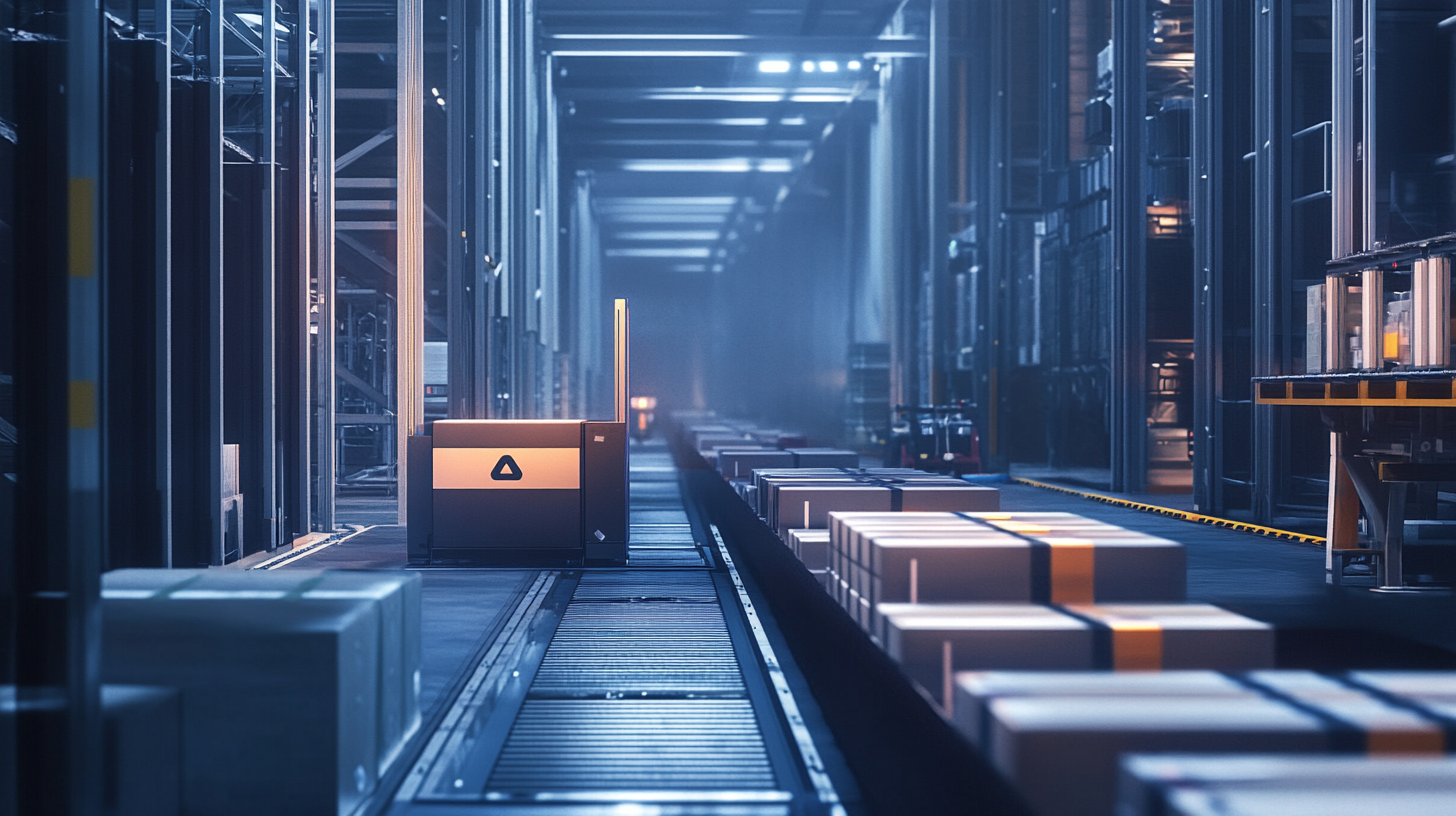
Comparative Analysis: Manual vs. Automated Packaging Processes
The efficiency of packaging processes within today's rapid market environment has an equally significant influence on the effectiveness of supply chains. The debate on whether to choose manual or automated packaging techniques has become prime in the optimization of operations. Manual packaging may provide flexibility and skilled craftsmanship but is often accompanied by high labor costs and variations in output quality. In the case of human error, packaging inconsistencies may affect both product integrity and customer satisfaction.
Automated packaging solutions offer a range of compelling advantages, and attaining these advantages can increase supply-chain efficiencies. Improved streamlining of the whole process, dependence less upon labor, and higher throughput are inherent advantages of any automated packaging technique. Automated packaging limits any form of human interference, thereby reducing the likelihood of errors and enabling larger-scale production by companies. Furthermore, new technologies like robotics and machine learning can provide real-time monitoring and adjustments to ensure packaging is always being optimized for speed and quality.
Additionally, the capital investment in packaging automation may be daunting at first, but over many years, savings in labor costs and increased production capacity make the investment worthwhile. Another advantage to companies is resource allocation, as their manual packaging workforce can be redirected to high-value tasks. The decision regarding the use of manual versus automated packaging processes will play an essential role in any company's attempts to improve supply chain efficiency.
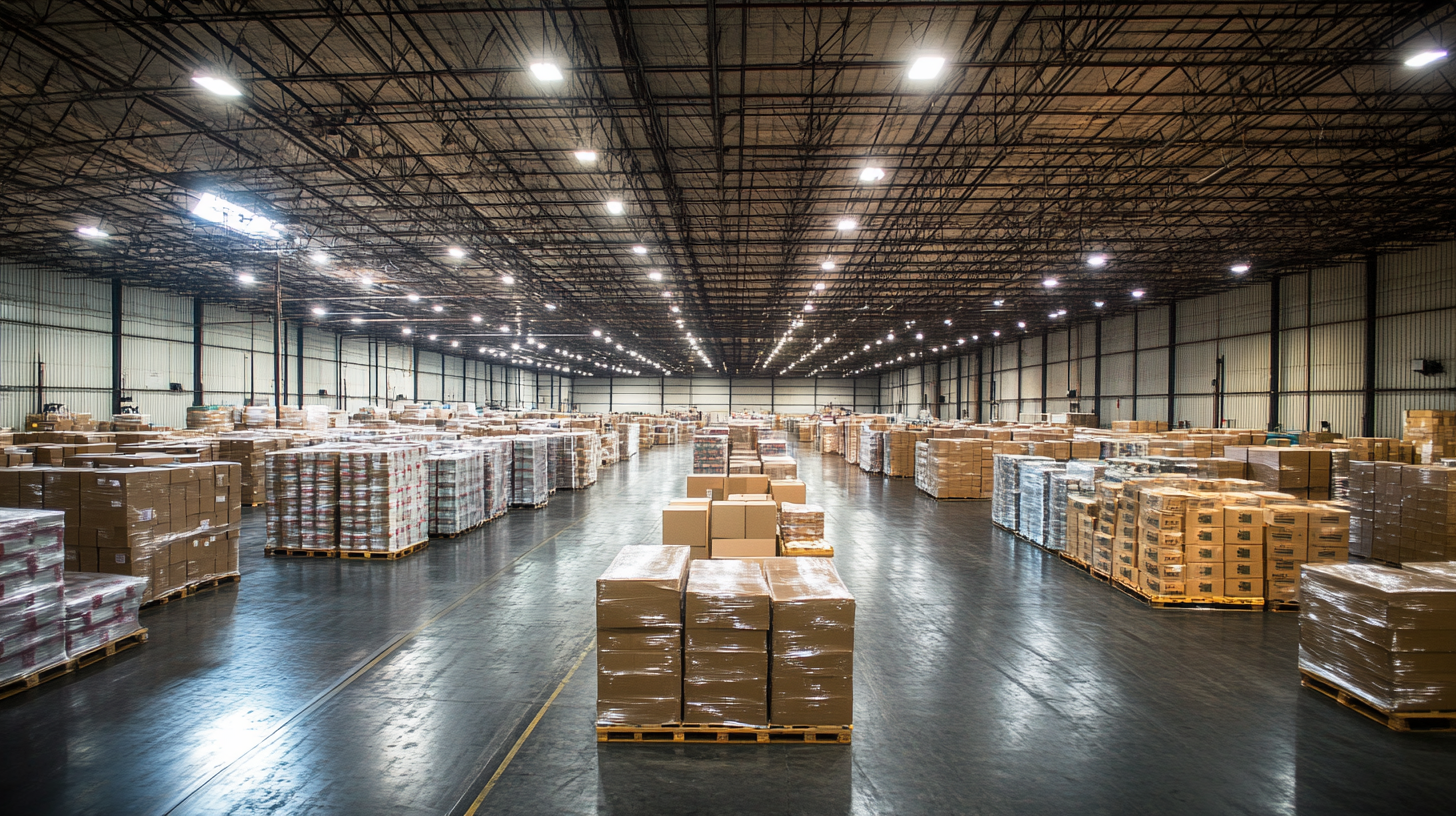
Case Studies: Successful Transformations through Automated Packaging
Lately, the rapid incorporation of automated packaging solutions has greatly improved the performance and efficiency in supply chain operations across industries. Corporations are demonstrating significant enhancements in their business workflows due to these technologies in the packaging processes. One such interesting example is the case of a major e-commerce company that implemented an automated packing system for order fulfillment. Robotic packaging lines reduce manual labor cost by 30% and speed up packing by 50%. This shift not only boosted delivery speeds but also increased customer satisfaction due to reduced order inaccuracies.
Another interesting case emerged from one of the food and beverage firms, which invested in the automation of its entire packaging department. Some of the advanced high-speed automation machines are capable of packing products in the entire multiple formats, using the least possible materials and having increased production capacities. The results were as astounding as 25% less time to package and extremely reduced amounts of materials that led to combined savings and sustainable goals. These transformations remind very clearly that automated packaging is a crucial part rather than a solution only for supply chains to be more efficient and responsive.
These case studies confirm the fact that there is a growing industry trend toward automation that is keeping businesses ahead of the competition. As more organizations buy the idea of investing in advanced technology packaging, the efficiency of their supply chains continually improves, which brings in more possibilities for innovations. Clearly, automated packaging solutions form the necessary ingredient for those who manage to streamline their operations to adapt to changing demands in the emerging global markets.
Future Trends in Automated Packaging Solutions and Supply Chain Efficiency
Packaging is indeed a trend in automation quickly, emphasizing efficiency in the supply chain. According to a MarketsandMarkets report, the global automated packaging market will reach USD 100 billion in 2024, with CAGR of 5.3% from 2019. This increase is part of a wider trend where businesses adopt technology to streamline processes and decrease operational costs.
One of the architects of the future market is the introduction of artificial intelligence in conjunction with machine learning on package machines. This will boost predictive analytics, which will help companies narrow the gap between predicting customer demand and managing inventories. A study by Gartner predicts that companies which apply AI technologies will be able to cut operational expenses from 10 to 20 percent while enhancing responsiveness to supply chain needs. As AI is developed to facilitate better decision making, automated packaging systems will continue to play a critical role in keeping supply chains flexible and agile.
On the other hand, it will top the agenda of innovations in automated packaging, focusing more on sustainability. International Data Corporation research shows that some 70% of consumers are said to pay a premium for sustainable packaging. This is why companies are coming up with investments on eco-materials and energy-efficient processes. Such systems bring together the two forms of modernization, that is, the accomplishing of demand of consumers and joining the factors to an overall gain in supply chain performance.
In effect, the way that automated packaging continues to evolve, the most important emphasis would shift on technology, sustainable conditions, and operational efficiency; hence making shifts in the chain dynamics of supply and creating opportunities for growth and competitiveness in a very rapidly changing business environment.


